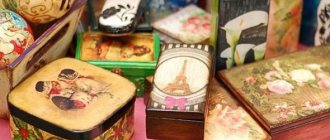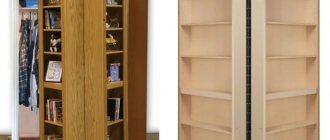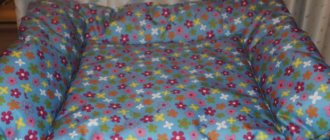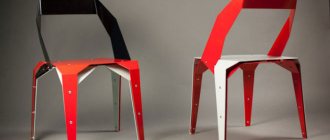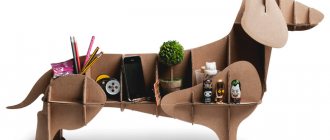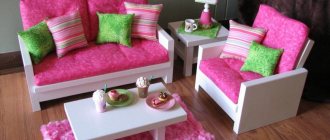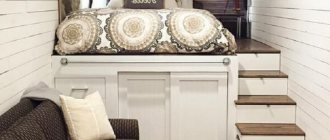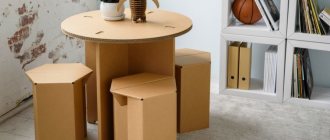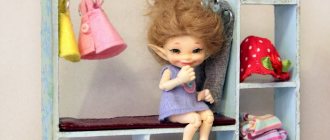Today there will be a story about how I was hired “weakly”. The background is like this. My dear husband, watching from the sidelines as I made organizers for my future workshop, somehow said in passing: “Is it weak to make a chest of drawers yourself?”
But it’s not weak! The idea is good - it must be implemented.
I didn’t want to make it big or very small, so I decided on the dimensions quite carefully, and as a result I got it 60 cm wide, 30 cm deep, 40 cm high.
To make the chest of drawers I needed:
— bookbinding, beer and corrugated cardboard;
— Moment Joiner glue, furniture PVA, Moment Crystal glue;
— decorative handles 5 pieces;
- scissors, construction knife, square, iron ruler.
I cut out the sides from corrugated and beer cardboard and glue them together.
Then, under the shelves on which the boxes will stand, I cut out additional sidewalls from thick double corrugated cardboard (if you don’t have double corrugation, then glue two sheets of corrugation together), they are equal in height to the future boxes, between the sidewalls I make a gap of 0.7 cm - this is the thickness of the shelf; when they dry, I cover them with calico.
The thickness of the side wall of the chest of drawers turned out to be 1 cm, by this centimeter the inner part of the bottom will be smaller, and the outer side of beer cardboard will be larger, then the side walls will fit into a groove, and the outer corner will be smooth and beautiful.
I glued an additional double corrugated panel to the back wall; the top shelf will rest on it; this panel was covered with calico.
The middle shelf is made of double corrugation, covered with calico, but I made the top shelf from two parts - the lower side (calico) is made of corrugated cardboard, and the upper side (linen) is made of binding cardboard. I glued the fabric with PVA furniture glue, it is thick enough and therefore does not wet the cardboard, and when it dries it does not leave marks on the fabric.
I smeared the grooves and end parts of the shelves with Moment Crystal glue and assembled the base of the chest of drawers, and now the shape is emerging. To be honest, it takes quite a lot of time to dry the parts, especially you need to make sure that the parts don’t leak, so they dry under pressure. My main assistants in drying parts were a hair dryer and a regular iron. I ironed the dried parts with an iron (without steam) and put everything under a press, after that all the parts turned out smooth and very strong.
I made the lintels from several layers of cardboard - binding cardboard, then corrugation and again binding cardboard, covered with calico and drying again
